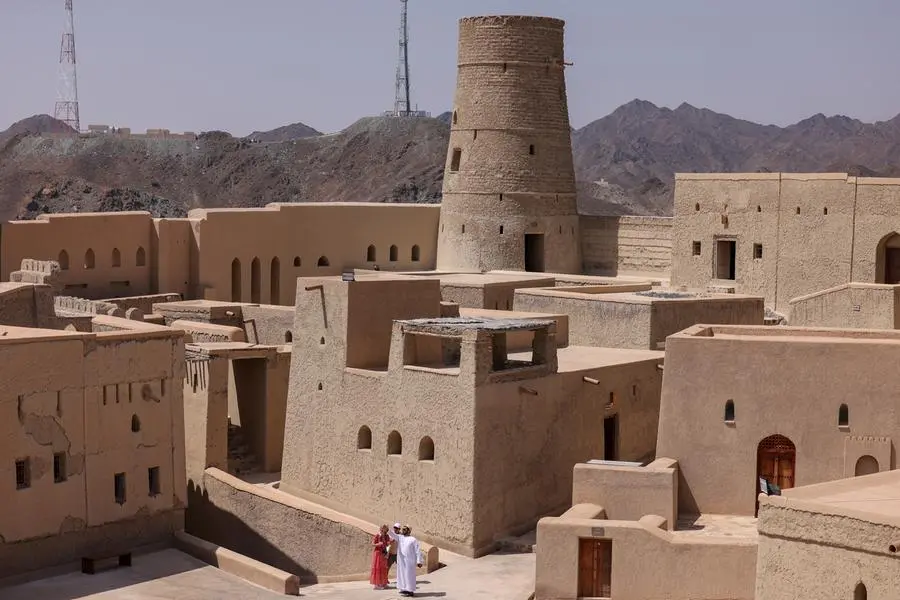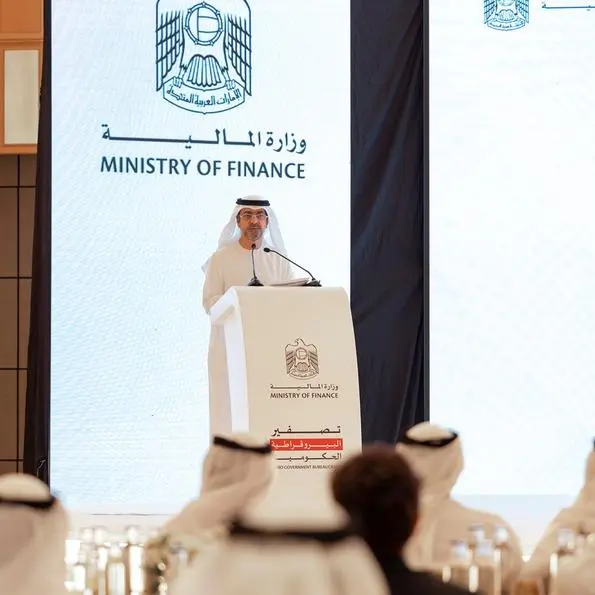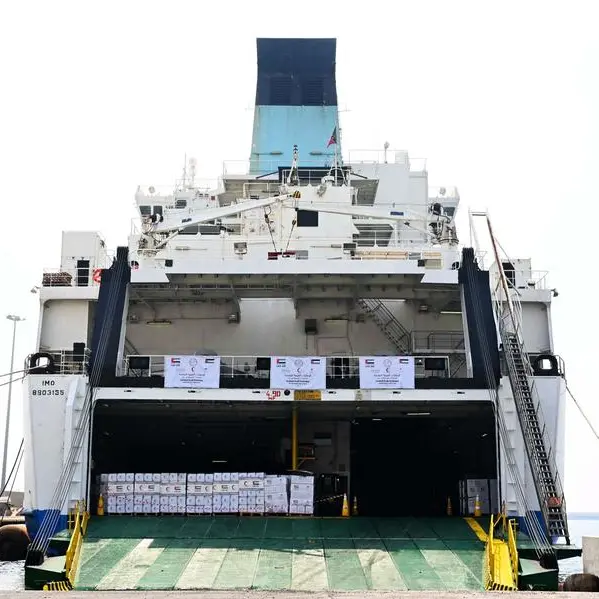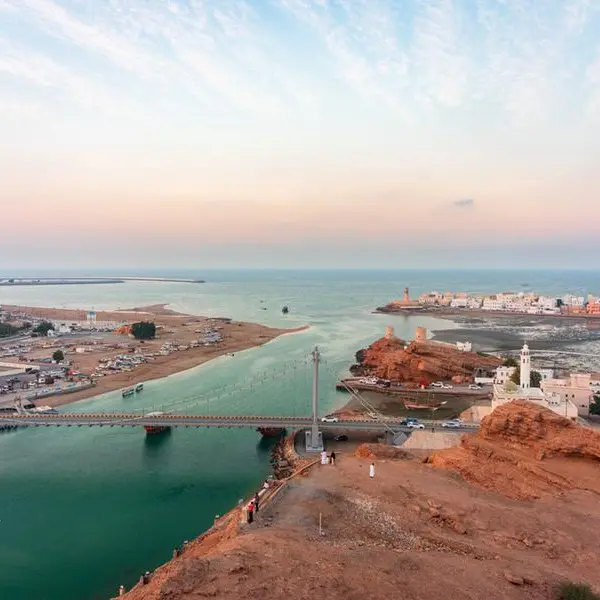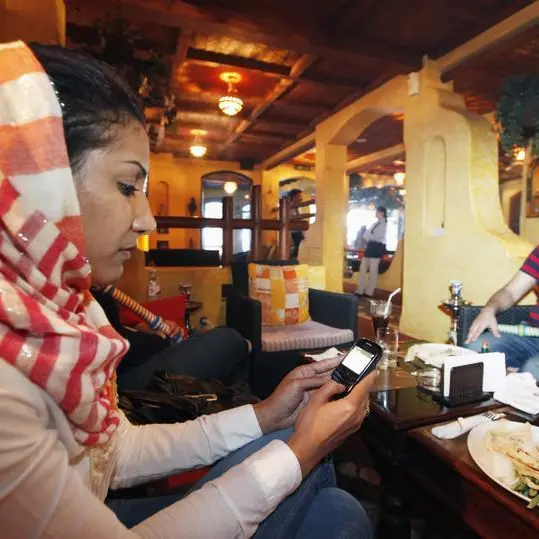PHOTO
‘Kamakan’ Inn and Café is a destination that reflects the deep-rooted heritage and history of Oman. It is located in the ancient town of Bahla, near the iconic Bahla Fort.
Founded by Nasser al Othmani, a local visionary, ‘Kamakan’ was established with the mission of preserving cultural traditions while harmonising them with modern life.
Al Othmani’s goal was to rejuvenate the area through tourism and to revive historical sites that still hold cultural significance.
Once a collection of deserted mud houses, the inn has been restored to its former glory, aptly named "Kamakan," meaning "as it was." The restoration process honoured traditional Omani architecture by using materials like mud and straw, the same ones originally used to build these homes. Antique furniture salvaged from the site adds to the authenticity, and the walls are adorned with handmade Omani crafts, such as vibrant carpets and locally renowned pottery.
The inn features nine rooms and a restaurant offering a variety of dishes, including traditional Omani meals and coffee, catering to both local and international visitors.
Kamakan offers much more than a stay — it transports visitors back in time, with wooden furniture and traditional brass lamps that evoke Oman’s rich history.
The Wilayat of Bahla in the Al Dakhiliyah Governorate, may be a small town, but it is one of the most historically and culturally significant places in Oman. Located 200 kilometres southwest of Muscat, Bahla is famed for its unique blend of history, architecture and local traditions. It is internationally recognised for the Unesco World Heritage Site, Bahla Fort, which stands as a powerful symbol of Oman’s historical legacy in the governorate.
The town is also renowned for its ancient craft of pottery, still practiced by local artisans today. Many have set up their own factories and workshops, such as the well-known Al Adawi factory, which welcomes hundreds of pottery enthusiasts each year.
In addition to its cultural significance, Bahla has a long-standing role as an agricultural hub, particularly for date palm cultivation.
This was made possible by the sophisticated falaj irrigation system, which sustained the town’s agricultural economy for centuries.
Bahla Fort, inscribed as a Unesco World Heritage Site in 1987, is perhaps the most iconic feature of the town. It is a striking example of Omani military architecture, built primarily from mud-brick and straw, and is one of the largest and oldest forts in Oman.
In recent years, Bahla has become a popular destination for both domestic and international tourists. Visitors come to explore its historical landmarks, such as Bahla Fort, the old souqs, and nearby Jibreen Castle, which is celebrated for its exquisite Islamic architecture and intricate interior designs.
Oman’s efforts to preserve Bahla’s heritage are part of a broader strategy to promote cultural tourism.
Bahla remains a living testament to Oman’s rich history and creativity. From its ancient fort to its thriving pottery tradition, Bahla showcases the resilience of Omani culture.
As a Unesco World Heritage Site, it continues to attract attention for its invaluable contributions to the historical and cultural fabric of Oman and the Arabian Peninsula.
2022 © All right reserved for Oman Establishment for Press, Publication and Advertising (OEPPA) Provided by SyndiGate Media Inc. (Syndigate.info).
